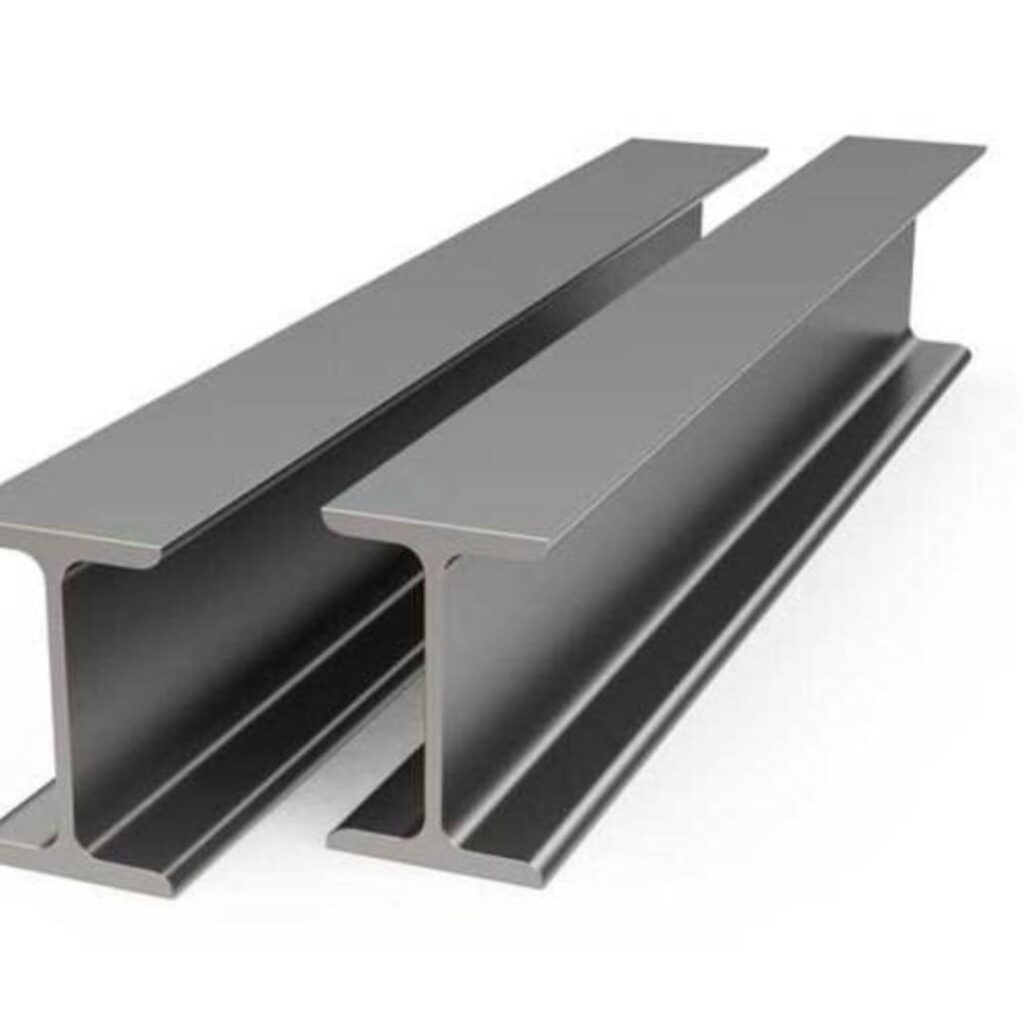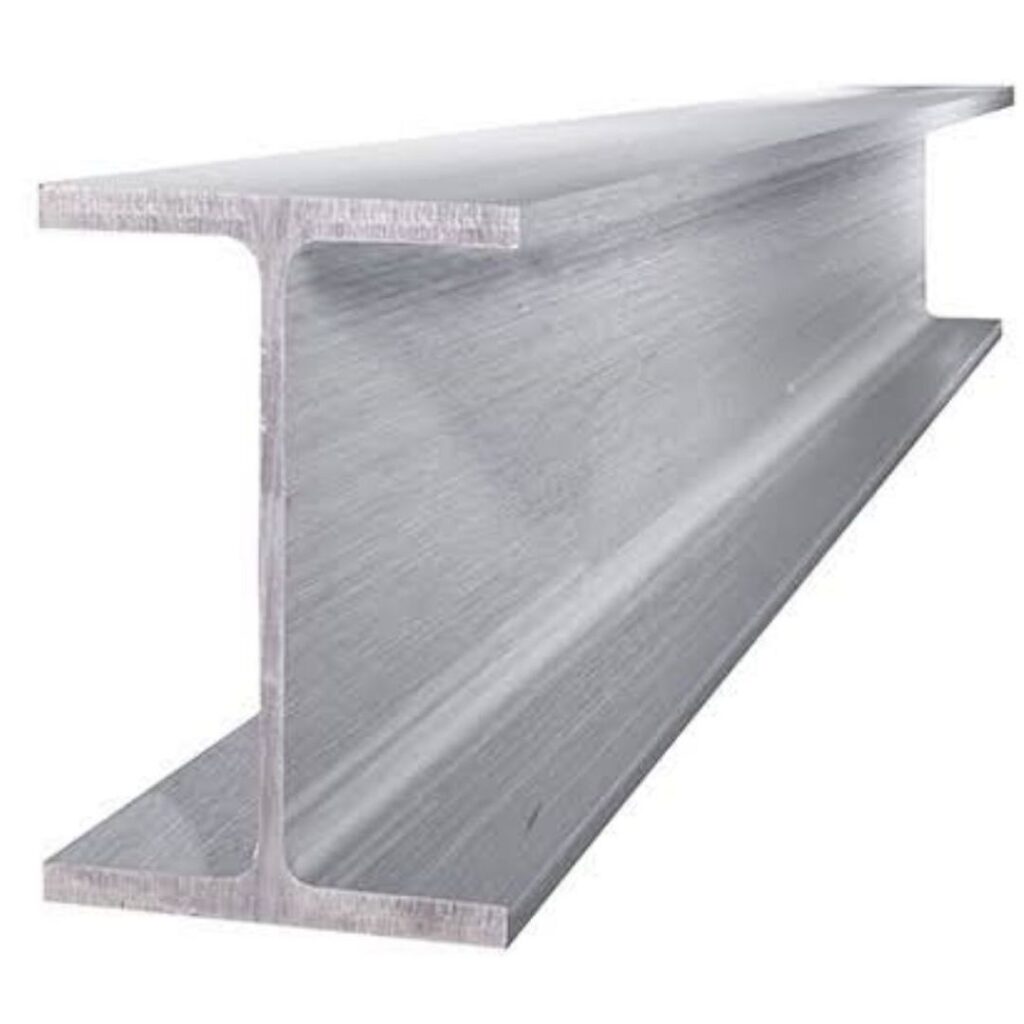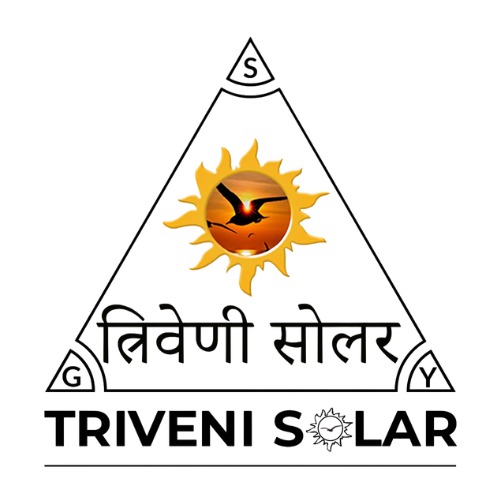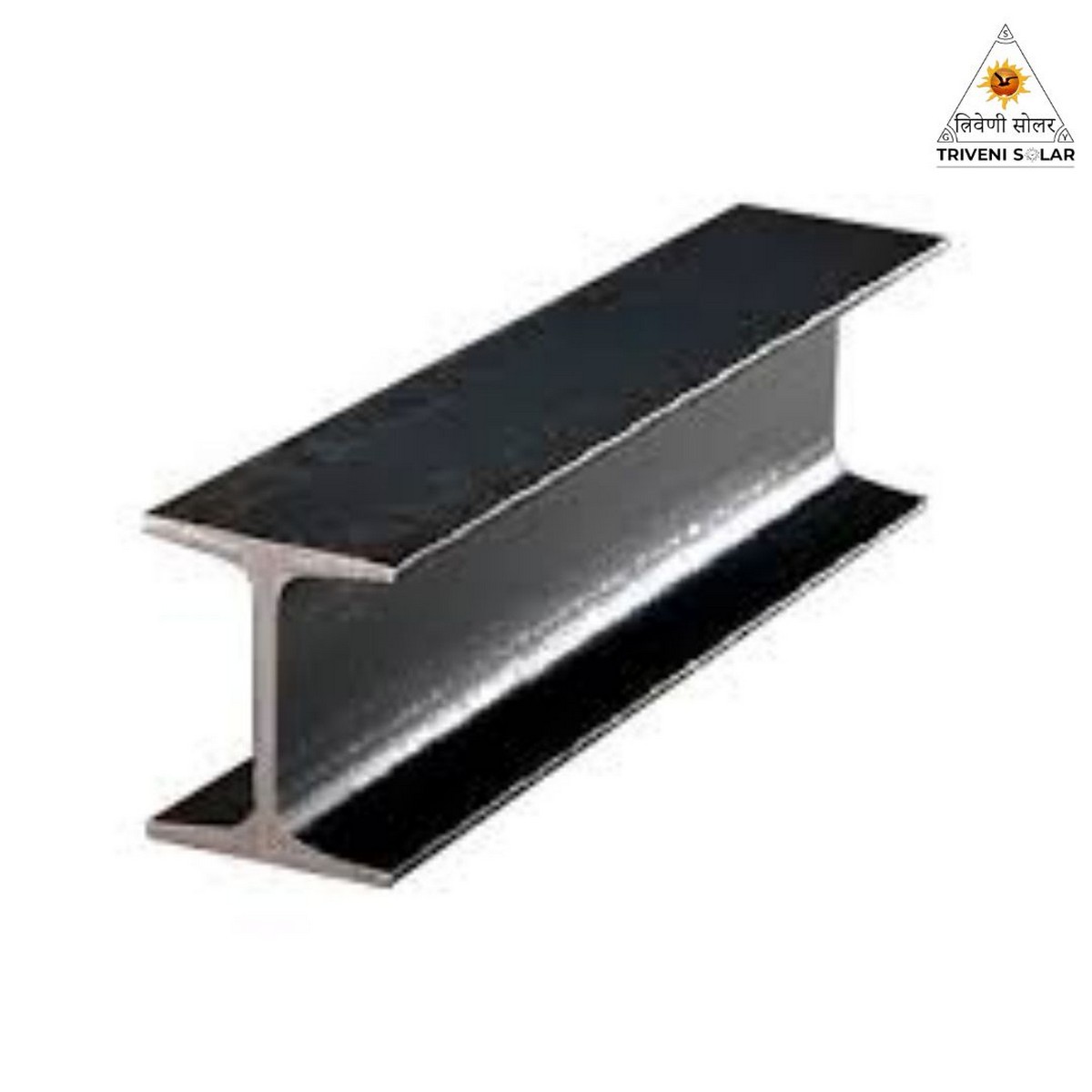Rails & Beams are essential components of solar mounting structures, providing robust support, alignment, and durability for solar panels. They are designed to withstand environmental challenges, ensuring long-lasting efficiency and optimized energy output for both rooftop and ground-mounted solar projects.
Table of Contents
- Understanding the Role of Rails & Beams
- Types of Rails & Beams
- Materials Used in Rails & Beams
- Benefits of Quality Rails & Beams
- Installation Considerations
- Customization Options
- Case Studies
- FAQs
- Conclusion
Comprehensive Guide to Rails & Beams in Solar Structures
Understanding the Role of Rails & Beams
Rails and beams serve as the backbone of any solar installation. They hold solar panels in place, maintain proper alignment, and ensure the structure withstands wind loads, heavy rainfall, and extreme temperatures. Without robust rails and beams, even the most efficient solar panels cannot deliver optimal performance.
Moreover, they provide the flexibility to accommodate various panel sizes and types, enabling seamless integration of solar modules in both rooftop and ground-mounted projects. Additionally, rails and beams streamline installation, reducing labor costs and construction time.
Ground-Mount vs. Rooftop Applications
Ground-mounted solar projects often require heavier beams to handle wind loads and soil conditions, while rooftop installations need lightweight but sturdy rails that do not compromise structural integrity. The choice of rails and beams depends on project scale, site conditions, and local environmental factors.

Types of Rails & Beams
Understanding the different types of rails and beams is crucial for selecting the right solution for your solar project.
- Standard Rails: Ideal for both rooftop and ground-mounted systems. Provides excellent durability and compatibility with most solar panels.
- Mono Rail: Sleek and efficient for residential and small-scale projects. Optimizes panel spacing and reduces material usage.
- Mini Rail: Compact solution for lightweight panels or constrained rooftop spaces.
- Angle Strut Rail: Designed for high-load applications, often used in commercial solar farms.
- Standing Seam Rails: Perfect for metal roof installations with minimal drilling requirements, preserving roof integrity.
Materials Used in Rails & Beams
The material of rails and beams directly impacts durability, corrosion resistance, and lifespan.
- GI Steel (Galvanized Iron): Highly durable and cost-effective. Provides strong support in diverse weather conditions.
- HDGI (Hot-Dip Galvanized Iron): Superior corrosion resistance, suitable for coastal regions.
- Aluminum: Lightweight, rust-free, and easy to handle. Ideal for rooftops and projects requiring quick installation.
- Stainless Steel: Premium option for maximum strength, corrosion resistance, and long-term reliability.
Corrosion Resistance and Durability
Investing in corrosion-resistant materials ensures longevity and reduces maintenance costs. HDGI and aluminum rails perform exceptionally in humid or coastal areas, while stainless steel is perfect for large commercial installations.
Benefits of Quality Rails & Beams
High-quality rails and beams offer multiple advantages that enhance the overall performance and ROI of your solar project:
- Structural Integrity: Secure mounting prevents panel misalignment and damage during storms.
- Ease of Installation: Modular rails allow faster setup and reduced labor costs.
- Design Flexibility: Adaptable to various roof types, panel sizes, and mounting angles.
- Long-Term Savings: Durable materials reduce replacement frequency and maintenance expenses.
- Optimized Energy Output: Proper alignment ensures maximum sunlight absorption and efficiency.
Design Flexibility and Aesthetics
Modern rails and beams not only provide functional support but also enhance the visual appeal of installations. Sleek, minimal designs integrate seamlessly with residential rooftops and commercial landscapes.
Cost-Effectiveness and ROI
Though high-quality materials may cost more upfront, they provide long-term value by reducing maintenance, preventing structural damage, and maximizing solar energy yield, resulting in faster ROI for both residential and commercial projects.
Installation Considerations
Successful solar installations depend on careful planning and professional installation of rails and beams.
- Load Assessment: Determine wind, snow, and environmental loads to choose the correct beam type and material.
- Alignment: Proper alignment ensures panels are securely fixed and receive optimal sunlight.
- Safety Standards: Adhere to IS, IEC, and local building codes for reliable and safe installations.
- Maintenance Access: Design the structure to allow easy inspection and cleaning of panels.
Customization Options
Every solar project is unique. Custom rails and beams can be designed for:
- Specific panel sizes or weights
- Unusual rooftop angles or ground terrain
- Enhanced corrosion resistance for coastal or industrial environments
- Integration with tracking systems for optimized solar yield
At Solar Structure, we specialize in providing tailored rails and beams to ensure your solar installation is safe, efficient, and visually appealing.
Case Studies
1. Residential Rooftop Solar Project, Pune: Using aluminum rails and mono beams, installation was completed 30% faster, and energy output increased by 15% due to precise alignment.
2. Commercial Ground-Mount Solar Farm, Gujarat: HDGI steel beams provided corrosion resistance against coastal humidity, ensuring reliable performance for over 10 years.

Conclusion
Investing in high-quality rails and beams is essential for any solar project, whether residential or commercial. They provide structural stability, durability, and flexibility, ultimately enhancing solar efficiency and long-term ROI. At Solar Structure, we offer premium, customizable rails and beams designed to meet the unique requirements of every solar installation.
Ready to elevate your solar project? Contact us today for custom rails and beams engineered for optimal performance.
Comparison of Rail Types
| Rail Type | Best Use | Material | Key Advantage |
|---|---|---|---|
| Standard Rail | Rooftop & Ground | GI Steel/Aluminum | Durable & versatile |
| Mono Rail | Residential rooftops | Aluminum | Lightweight & efficient |
| Mini Rail | Compact spaces | Aluminum | Space-saving & easy install |
| Angle Strut Rail | Commercial farms | HDGI Steel | High-load bearing |
| Standing Seam Rail | Metal roofs | Aluminum/Stainless Steel | Minimal drilling, preserves roof |
Material Performance Data
| Material | Corrosion Resistance | Weight | Longevity |
|---|---|---|---|
| GI Steel | Moderate | Heavy | 15–20 yrs |
| HDGI Steel | High | Heavy | 20–25 yrs |
| Aluminum | High | Light | 20+ yrs |
| Stainless Steel | Very High | Heavy | 25+ yrs |


